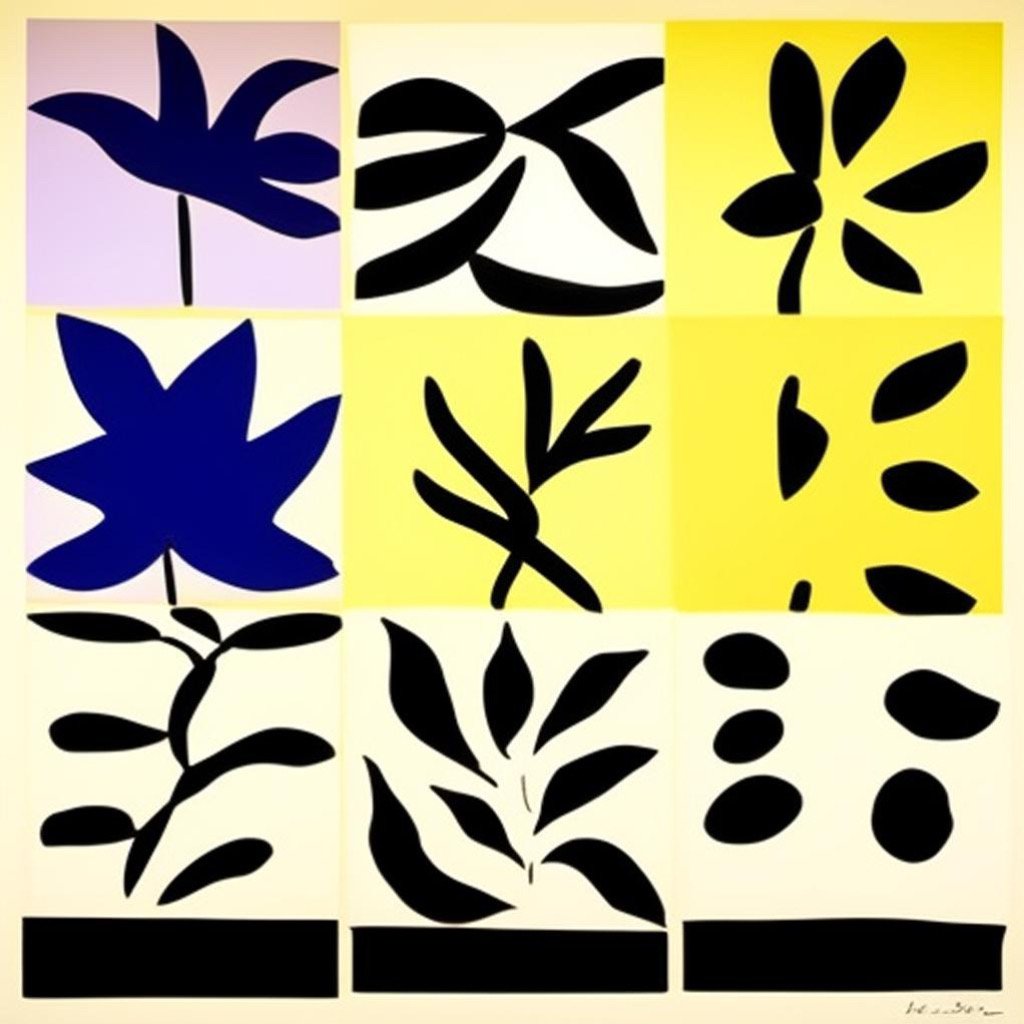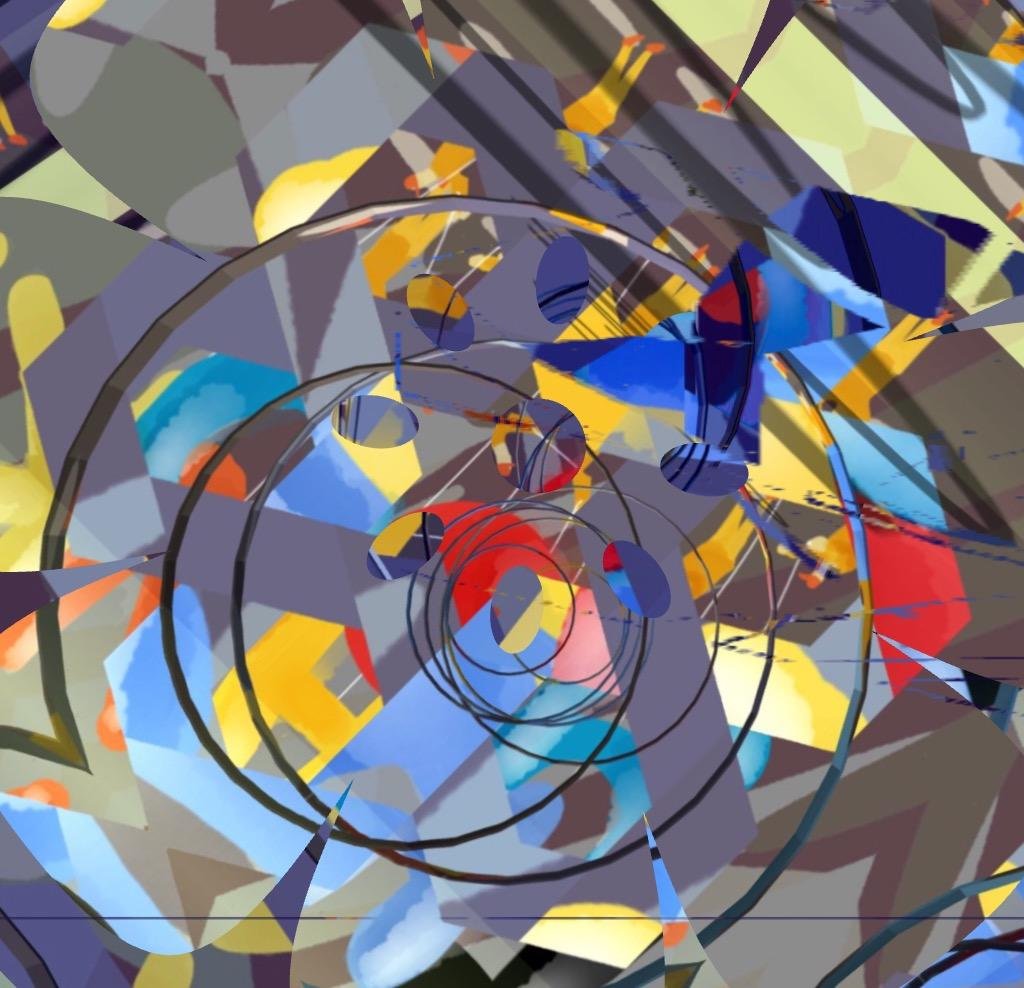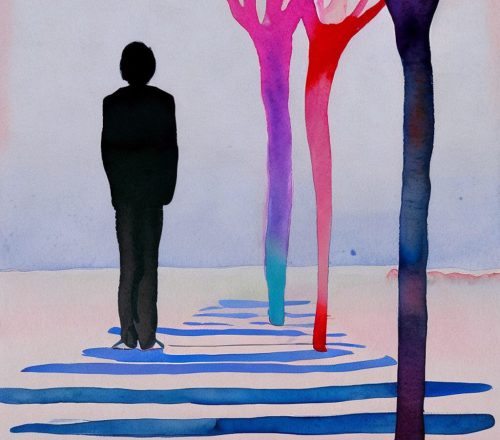
Table of Contents
What is the origin of the haiku
Haiku originated in Japan and has a rich history dating back several centuries. The form evolved from a longer form of collaborative linked-verse poetry known as “renga.” Renga consisted of alternating stanzas of 5-7-5 and 7-7 syllable patterns.
Around the 17th century, the haiku emerged as a standalone poetic form, with the first line of a renga stanza being isolated to create a shorter, independent poem. This new form focused on capturing a single moment or scene in a highly condensed manner, often drawing from nature and human experiences.
The master poet Matsuo Bashō (1644-1694) is one of the most renowned figures associated with haiku. His works elevated the form to a level of deep introspection, using simple language to convey profound emotions and insights. Over time, haiku spread beyond Japan and became appreciated worldwide for its ability to convey much with minimal words.
Shop Corner
Origins of the haiku on Amazon
Thank you for reading, shares and comments!
✨ Comment Policy ✨
We welcome thoughtful, kind, and constructive comments that contribute to meaningful conversations.
Please note:
- Promotional links and unsolicited offers will be removed.
- Spam, irrelevant content, or self-promotion without prior permission will not be published.
- We value quality engagement over quantity — thank you for helping us keep this a respectful and inspiring space!
Sources openai Language models, aitrot, picsart and mib
Take time to learn
Invest in your future
Embark on a journey into the realm of affiliate marketing and craft your own website within a vibrant, supportive community. Join me in this adventure, where you can begin as a free starter and stay as long as you desire. Enjoy complimentary hosting and foundational teachings to set you on your path. For those with advanced skills, opportunities to elevate your expertise await. Take a moment to explore and witness the magic for yourself!




